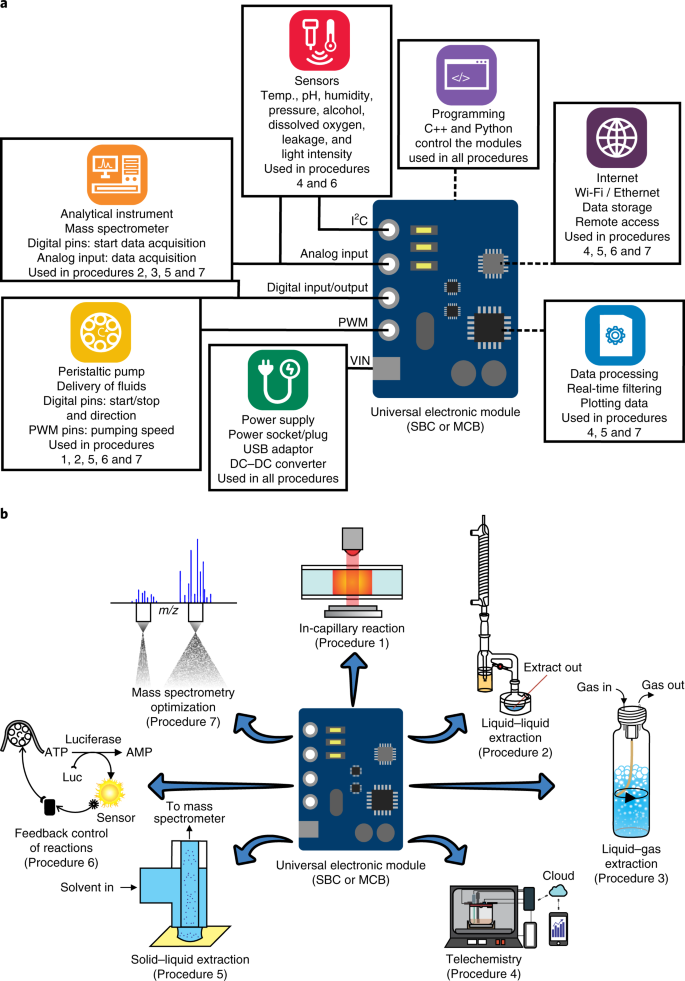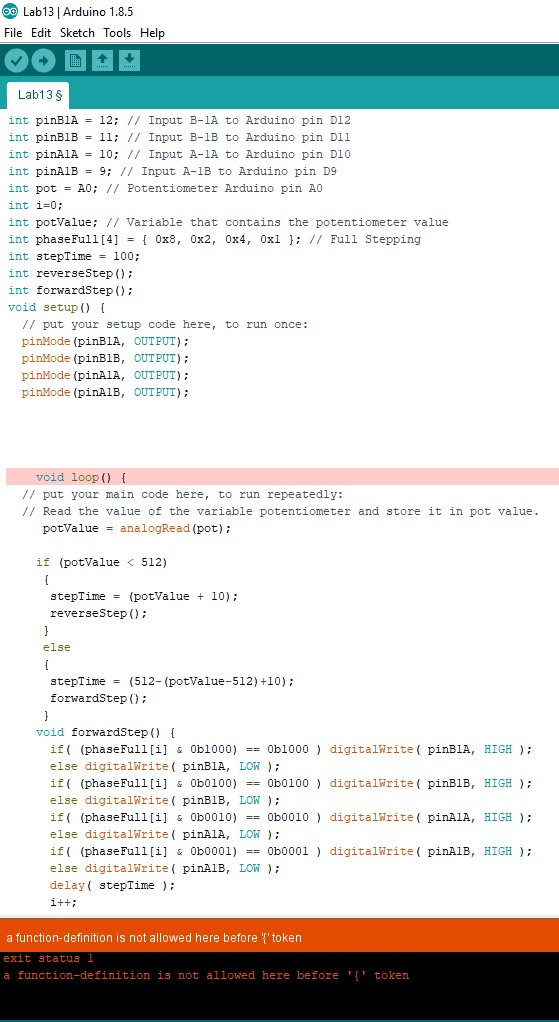
#SHOW LINE NUMBERS IN ARDUINO 1.8.5 PLUS#

They feature flow control, and support IrDA too! 2 UART interfaces – 2 UART interfaces.The ADC range can be set, in firmware, to either 0-1V, 0-1.4V, 0-2V, or 0-4V 15 ADC channels – 15 channels of 12-bit SAR ADC’s.These pins can be assigned to all sorts of peripheral duties, including: Peripherals and I/OĪlthough the ESP32 has total 48 GPIO pins, only 25 of them are broken out to the pin headers on both sides of the development board. The GPIO pins are not 5V-tolerant! If you want to interface the board with 5V (or higher) components, you’ll need to do some level shifting. The ESP32 requires a 3.3V power supply and 3.3V logic levels for communication. This pin can be used to supply power to external components.

The output of the regulator is also broken out to one of the sides of the board and labeled as 3V3. It can reliably supply up to 600mA, which should be more than enough when ESP32 pulls as much as 250mA during RF transmissions. Power RequirementĪs the operating voltage range of ESP32 is 2.2V to 3.6V, the board comes with a LDO voltage regulator to keep the voltage steady at 3.3V.
#SHOW LINE NUMBERS IN ARDUINO 1.8.5 BLUETOOTH#
The chip also has dual mode Bluetooth capabilities, meaning it supports both Bluetooth 4.0 (BLE/Bluetooth Smart) and Bluetooth Classic (BT), making it even more versatile. The Wi Fi Direct is easier to setup and the data transfer speeds are much better than Bluetooth. The ESP32 supports WiFi Direct as well, which is a good option for peer-to-peer connection without the need of an access point.

The ESP32 Integrates 802.11b/g/n HT40 Wi-Fi transceiver, so it can not only connect to a WiFi network and interact with the Internet, but it can also set up a network of its own, allowing other devices to connect directly to it. There’s also 448 KB of ROM, 520 KB of SRAM and 4MB of Flash memory (for program and data storage) just enough to cope with the large strings that make up web pages, JSON/XML data, and everything we throw at IoT devices nowadays.


 0 kommentar(er)
0 kommentar(er)
